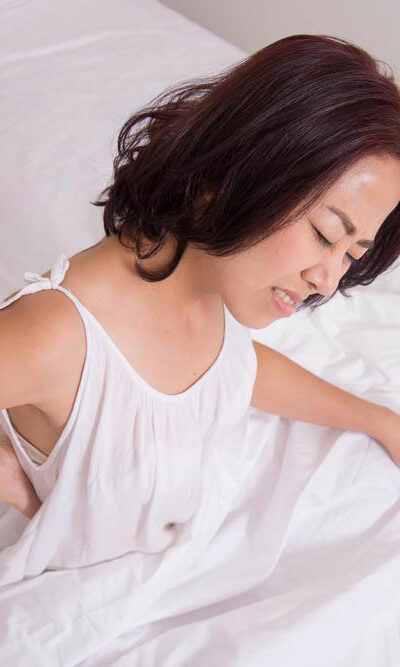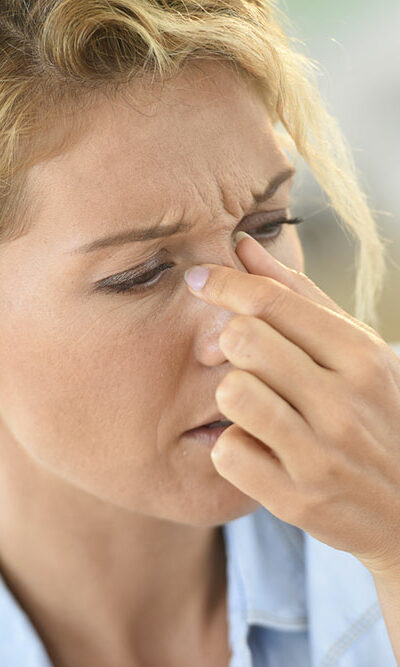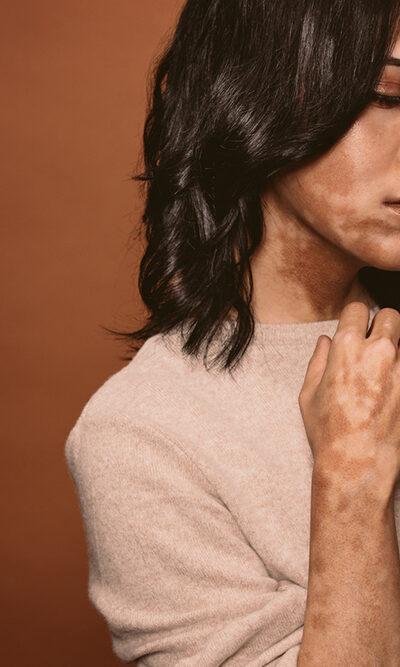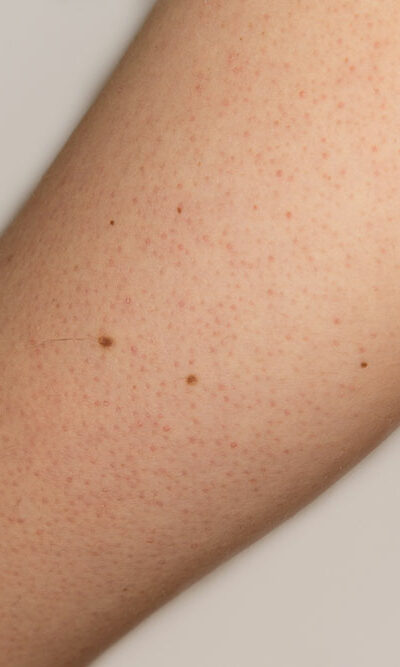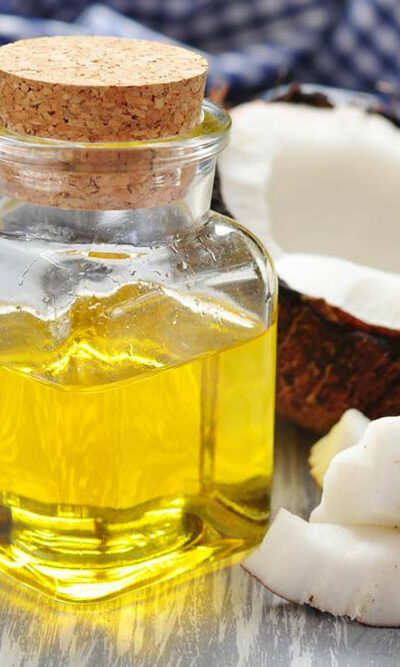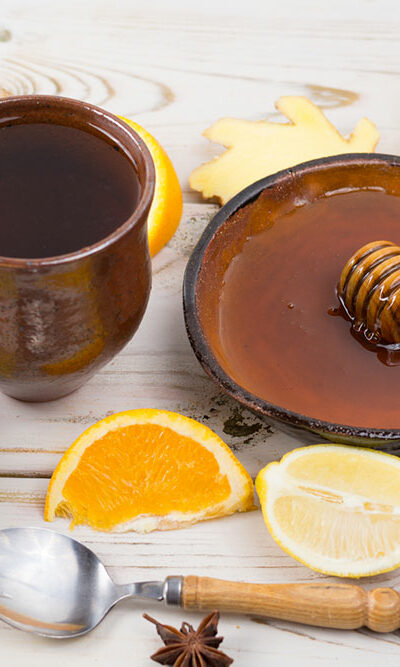
Eight Best Allergy Medicines
Have you ever felt a rash on your skin for which you couldn’t find a concrete reason? Did you ever experience abrupt sneezing followed by watery eyes? The reason behind most of these unexplainable symptoms is an allergy. Allergy is a condition that is initiated by an overreaction of the body’s immune system to an allergen in the surroundings. Normally, a bout of allergy is acute and occurs instantaneously. There are different kinds of allergens that affect individuals differently. A person who is allergic to mushrooms might not be allergic to dust mites, while someone might not be allergic to both. The typical forms of allergies include hay fever which is the most common type of allergy and is particularly caused by sensitivity to pollen.Dust and dry weather fuel the occurrence of atopic dermatitis. Just like hay fever inflames the nasal cavity, this eczema inflames the skin tissue. Asthma is an allergy that is activated by air pollution and low levels of air purity. The allergen, in this case, is the suspended particulate matter. Food allergy is triggered by a food product or a category of products such as eggs, wheat, milk, and seafood.Anaphylaxis is a serious allergic disease that is caused by an insect bite. It is not easy to determine the exact cause of the allergy since almost all the allergic reactions produce similar symptoms. You can inherit a particular allergy from your family and may find your siblings suffering from the same. Some individuals are also sensitive to changes in weather and animal dander. Most of the time, uneasiness is experienced due to undesirable effects of medicines. A distinct skin type or a specific race of individuals are also more responsive to allergens. Symptoms of a possible allergy are coughing and heavy breath followed by a running nose.
